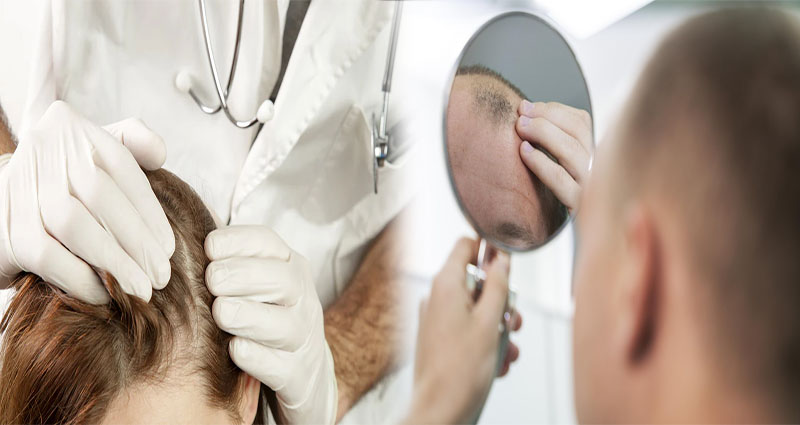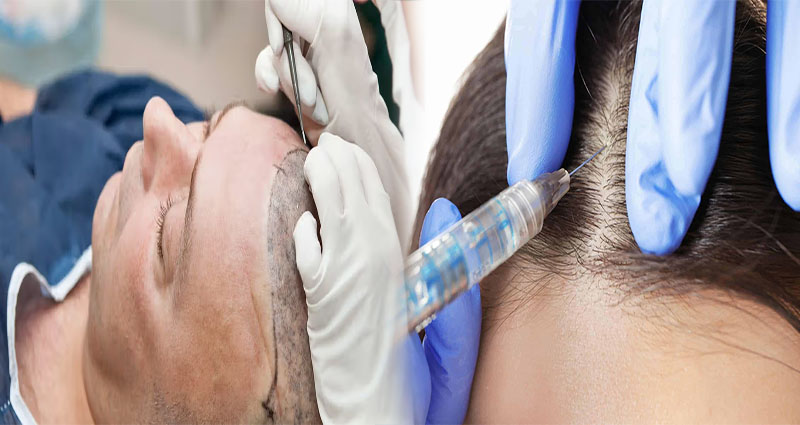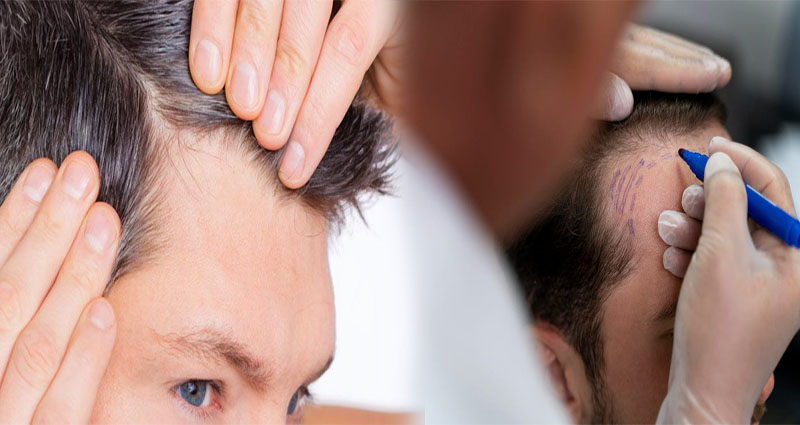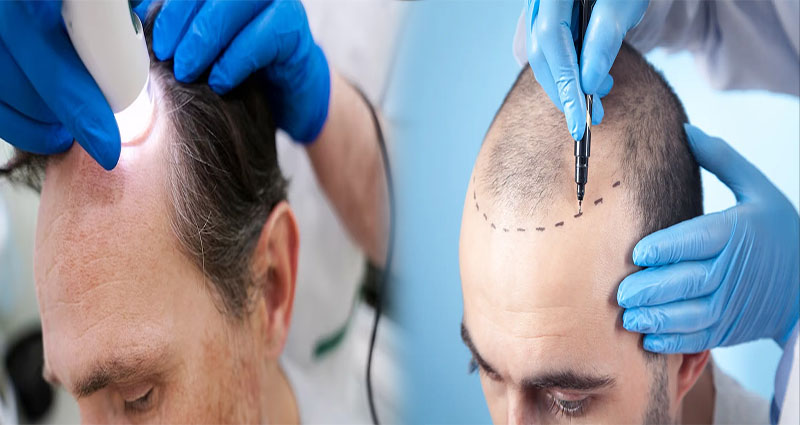Unlocking Hair Transplant Success: Understanding the Impact of Hair Types and Densities
In recent years, the popularity of hair transplants as a solution for hair loss has skyrocketed. Individuals struggling with thinning hair or balding spots often turn to this surgical procedure to restore their confidence and natural hairline. One critical factor that plays a significant role in the success of a hair transplant is the individual’s hair type and hair density. Understanding how these factors influence the outcome of the procedure can help potential candidates make informed decisions.
Hair Types and Their Influence on Hair Transplant Success Rates
- Straight Hair: People with straight hair tend to have the best success rates with hair transplants. The nature of straight hair makes it easier to extract and transplant during the procedure, resulting in a higher success rate overall.
- Wavy Hair: Individuals with wavy hair may experience slightly lower success rates compared to those with straight hair. The curvature of wavy hair follicles can













